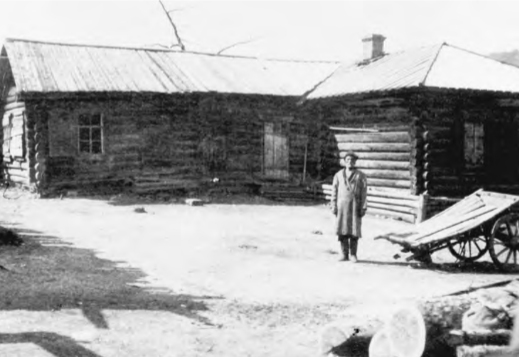Benedykt Dybowski (1833-1930) is one of the fathers of Polish limnology (Greek: limno – freshwater lake), science in the field of hydrology that studies the waters of inland reservoirs. In 1864, the researcher was exiled for his underground activity, by the tsarist authorities to the Zabaikalsky Krai, i.e. Dauria. As an experienced zoologist, he discovered a number of new, previously unknown animals. He studied the endemic as well as relic fauna of Lake Baikal. He described almost 400 species of animals living in this lake. His work is the theory of the formation of Baikal and the evolution of its fauna. In total, he wrote 43 scientific works about the animal world of this lake.
Dybowski did not work alone during his 12-year exile. In the first period, he was accompanied by two Poles – Wiktor Godlewski and Alfons Parvez. The first was an avid hunter, and the second knew how to prepare skins for expositions. After two years of exile, the Russian authorities allowed all three of them to live in the village of Kultuk on Lake Baikal. It was there that Dybowski began to study the fauna of this lake in extremely difficult conditions, with a temperature of minus 40 degrees Celsius. Until his arrival, the lake was considered very poor in this respect.
The scientist also focused his attention on terrestrial fauna. His advanced research in this area made an impression on the Geographical Society in St. Petersburg, which decided to award him with a gold medal for discoveries in Eastern Siberia. One of the deer subspecies was named after Dybowski.
The researcher penetrated the Amur, Usurian and Primorsky lands. He visited the rivers Onon and Arguni and the Amur, Ussuri and Angara. He also got to know Lake Chubsugul in Mongolia and Chanka (currently the border between China and Russia)
Dybowski’s exile ended in 1876, thanks to the intercession of the Russian authorities and scientists from St. Petersburg who appreciated the work of the Polish researcher. After his return, in 1883 he was appointed the director of the Zoology Department at the University of Lwów (today’s Lviv).
One of the continuators of the work of the great Polish biologist was Józef Nusbaum-Hilarowicz (1859-1917). They both collaborated in describing the Baikal collections. In 1906, after Dybowski’s retirement, Nusbaum took over the head of the Department of Zoology and Comparative Anatomy at the Faculty of Philosophy of the University of Lwów. Over the years, the Department has become one of the most modern zoological centers in Europe.





